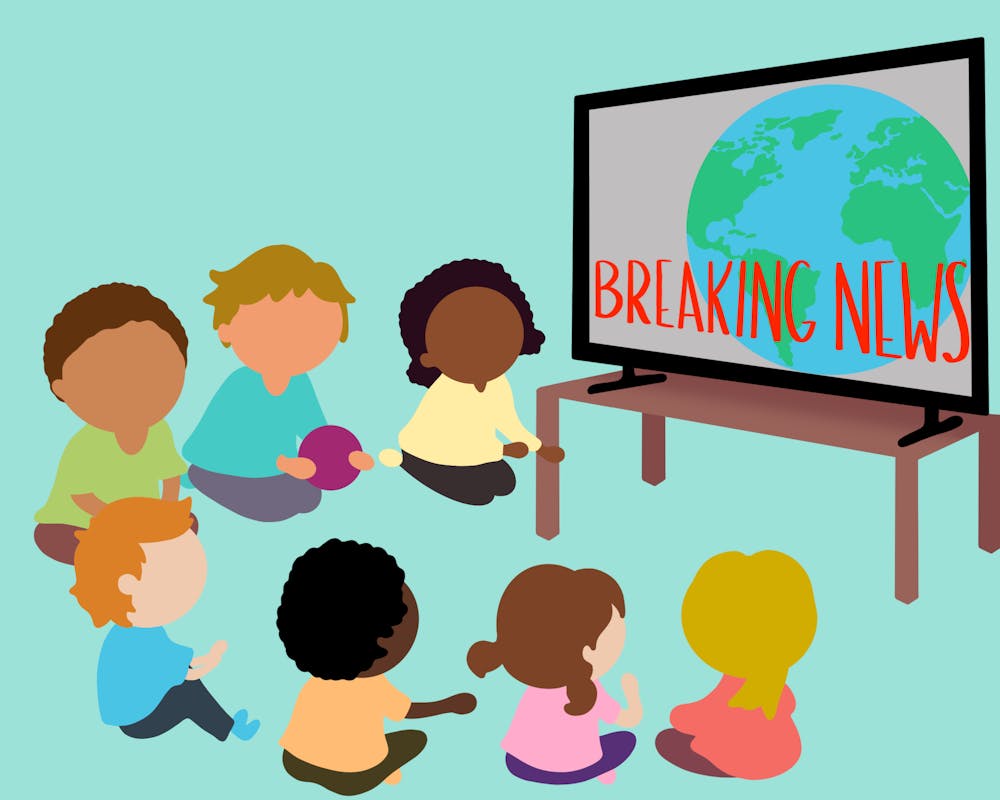In 1984, Alice Walker’s “The Color Purple” was banned in several school libraries for homosexuality, violence and explicit language among other themes. Just recently, Governor Glenn Youngkin banned critical race theory from Virginia public schools — despite it never being taught in the first place. Both of these actions were done under the guise of protecting children from topics that they should not or could not understand. This argument about concern for children is one of normativity, not of substance. Children are not only capable of understanding the world, but it is imperative that they do — race, gender and sexuality are not new trends seeping into schools and playgrounds. As these concepts have existed forever, children should be taught about them — not only for their sake, but also our own.
Regarding race, the argument about children being aware is often presented around this assumption that children will emulate whatever they see without any understanding. Show them racial segregation, intersectionality or police violence and the Black and brown children will become baby Black Panthers while the white children will walk around apologetic for their ancestors. Race, many people think, is an adult problem and yet the concept of color is formulated for most as a child. Studies show that children — as young as four — have a concept of race from simply discovering they are different colors from one another to actively bullying one another for these differences. Race is far from an adult problem, and exposing children to it in a diverse, inclusive and intersectional light is not a disservice.
This can also be seen in more than just formal education. Many people cringe at the thought of allowing their children to learn about the unmarked graves at the University filled with nameless enslaved people. The same goes for children attending racially marked events — such as a Black History Month parade or a Black Lives Matter protest. In some ways, this thought is warranted — exposing children to concepts they are not ready to process can lead to misunderstandings. An example of this can be seen in summer 2020, when a five-year-old Black girl asked a white officer during a protest if he was going to shoot the protesters. From heavy and complex exposures to race, she assumed that white cops always shoot Black people. However, it has been proven that children already develop concepts of race on their own. Thus, there are ways to develop the concept of race at gradual levels — so as to not generalize any race — that offer children a chance to understand the world as they grow.
The same goes for the concepts of sex, gender and sexuality. Studies also show that children somewhat understand these three concepts and can even develop their own conclusions. Not seeing LGBTQ+ members does not ensure heterosexual and heteronormative children and vice versa. Therefore, these protests about publicly exposing children to pride parades or commercials and cartoons with LGBTQ+ people, are rooted in this fear of anything other than heteronormativity. The protests against Lil Nas X kissing another man on stage and the exasperation over Superman’s son — who also becomes Superman — being bisexual all suggest that this argument is not rooted in protecting children. It is rooted in queerphobia and the perverse and false idea that if children see gay, trans or genderfluid people then they will get ideas. Identity is not an idea.
The peculiar aspect of this argument about limiting exposure for children, however, is that it is hypocritical. Concepts like being transgender are viewed as too much for children, and yet, from assigning one’s sex at birth to telling little boys that they cannot play with Barbie dolls, we do expose them to gender and sex — only the parts we deem exposable. The same goes for race — children are never taught extensive history on the Black Panther Party or Malcolm X, rather they are exposed to a Disney-fied version of the civil rights movement. Seemingly, this argument does not make life any easier for children. They grow up ignorant — or worse, implicitly biased — while different races, genders and cultures will still inhabit the Earth.
The argument of children not being exposed to certain aspects of society is not for the benefit of the children. It is for the benefit of us. We do not have to understand other races, religions or genders, and moreover, we do not have to teach it. Instead of taking advantage of the fact that today’s children have more information than previous generations, this argument is used to try to keep things exactly as they were in the past. Ironically, children are supposed to be our future. Tell me, how can you know where you are going if you do not know where you are?
Shaleah Tolliver is the Senior Associate Opinion Editor for The Cavalier Daily. She can be reached at opinion@cavalierdaily.com.
The opinions expressed in this column are not necessarily those of The Cavalier Daily. Columns represent the views of the authors alone.







